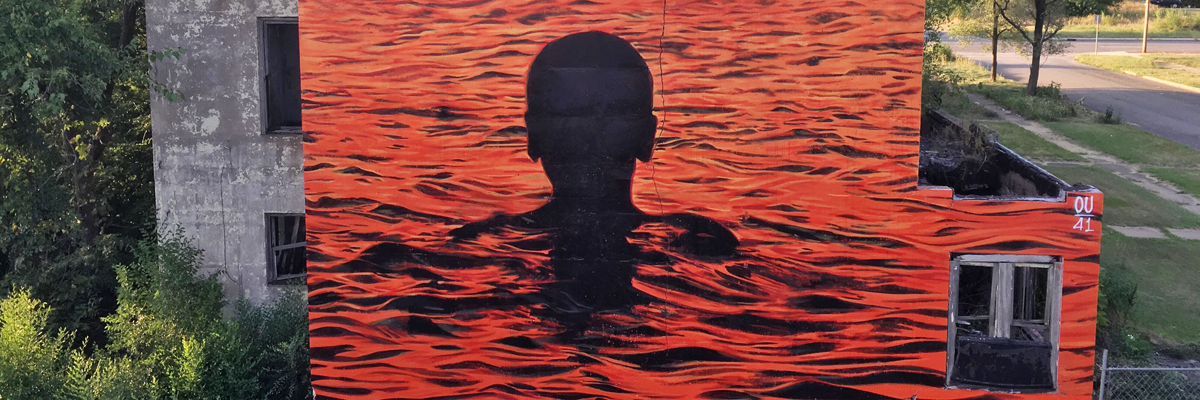In a “now” obsessed culture that is in the convenient habit of forgetting, the marches against police brutality and racism this spring and summer have had an earth-shaking quality mainly because there is little real knowledge about the US past. But take a serious look at the dynamics at play and the ugly behaviors and attitudes on display in 2020 are identical to those of say, a hundred years ago.
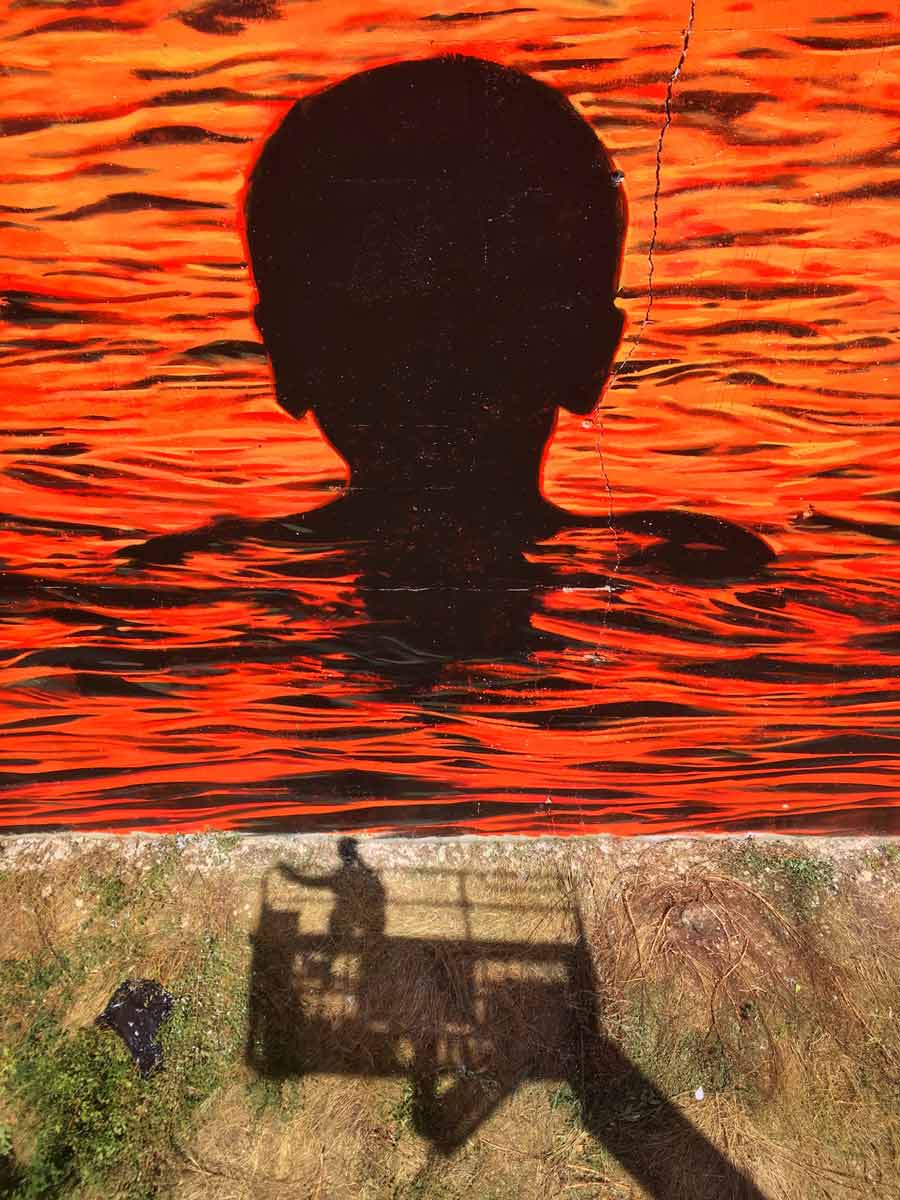
Street artist OverUnder paints a correlation in Gary, Indiana this summer between the killing of a black 17-year-old, Eugene Williams, in 1919 and the killing of George Floyd in 2020 – and a host of others during the century in between. It’s a stunning conceptual piece that optimizes the architecture, its planes and location, OverUnder adeptly braids the pain and imagery of that youth in the water, the resolute profile of local rapper Freddie Gibbs, and a YouTube timeline showing minute-years elapsed directly on housing stock that has been abandoned and shifted to the margins of this city. Talking to him about the evolution of the project, the vibrations are compounded by OU’s story that when he first conceived of this silhouetted head on red rippling waters two years ago, he had not yet learned the story of 1919.
With an aspirational attitude of hope for the future, OU calls the new installation “1919 Sunset and 2020 Sunrise”. Likewise we’re looking at today’s strong determined voices as a dawn of our new age of equality and fairness.
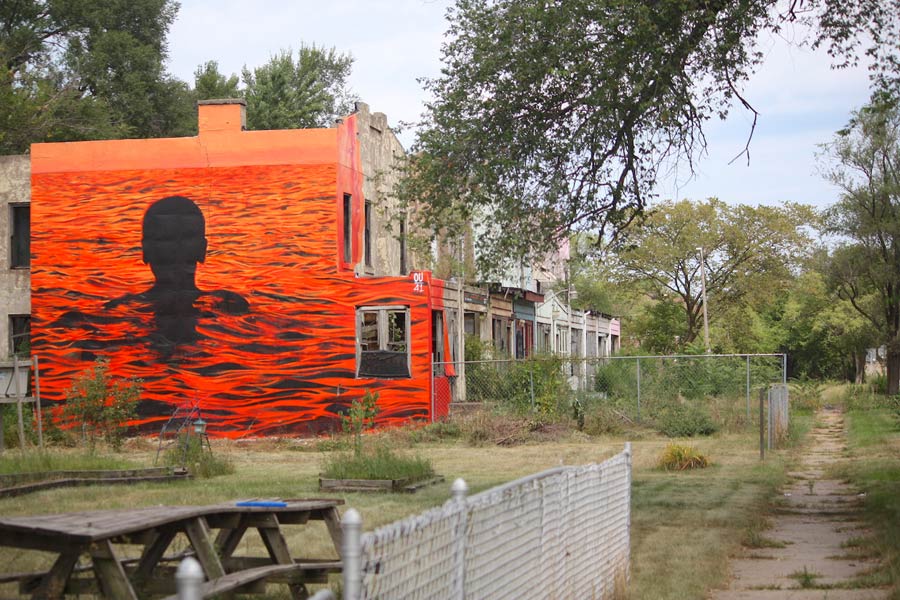
Rooted in our history, here is OverUnder’s description of his project in his own words;
“The two pieces are a pairing speaking to now and then. A simultaneous centennial remembering the Red Summer of 1919 where a black 17-year old named Eugene Williams, floating on a homemade raft in Lake Michigan drifted beyond an imaginary racial line leading to a white man throwing rocks at him; ultimately drowning him. The Black side of the beach confronted the man and involved the police but they wouldn’t make an arrest. Instead they arrested a Black man. Fights, shots, riots, and arson exploded across Chicago leading to weeks of violence and thousands of people left homeless. Other riots were also happening across the U.S. better known as the Red Summer.
Meanwhile the Steel yards of Gary were seeing major strikes. After strikebreakers and police clashed with unionists in Gary the U.S. Army took over the city on October 6, 1919, and martial law was declared. Something all too familiar now.

The tension had been building. Prior to this America was deep in WWI. This had a twofold effect on Black Americans. First of all, most Black soldiers serving overseas were rejected by their American superiors and were reassigned to the French army who didn’t have the same racism. After serving alongside fellow allies these Black Americans became accustomed to being treated equal aka normal. However post-war at their homecoming they were given a cruel reminder of the two sides of America.
Aside from having a terrible time readjusting after returning from fighting overseas for America other non-serving Blacks were defending their jobs from those Irish and Italian Americans returning and hoping to get their old jobs back. During the war a labor shortage in Chicago and Gary had a majority of industrial work going to Blacks migrating out of the Jim Crow south for a fraction of the pay. However with returning vets hoping to get their old jobs back racial tension was inevitable. After the drowning of Eugene Williams the multitude of tensions came to a head across Chicago and Gary.
For me I proposed this design when I was invited to paint Gary in 2018 for no direct reason aside from thinking it was pretty for an urban lakeside community. The project fell through and we revisited it unsuccessfully for the fall and then once more the next year. Funds and logistics didn’t line up again and the project was scrapped. As the Black Lives Matter movement began to regain traction following the lynching of George Floyd several histories were being retold. One of which was the Red Summer of 1919, the riots in Chicago, and past civil unrest.
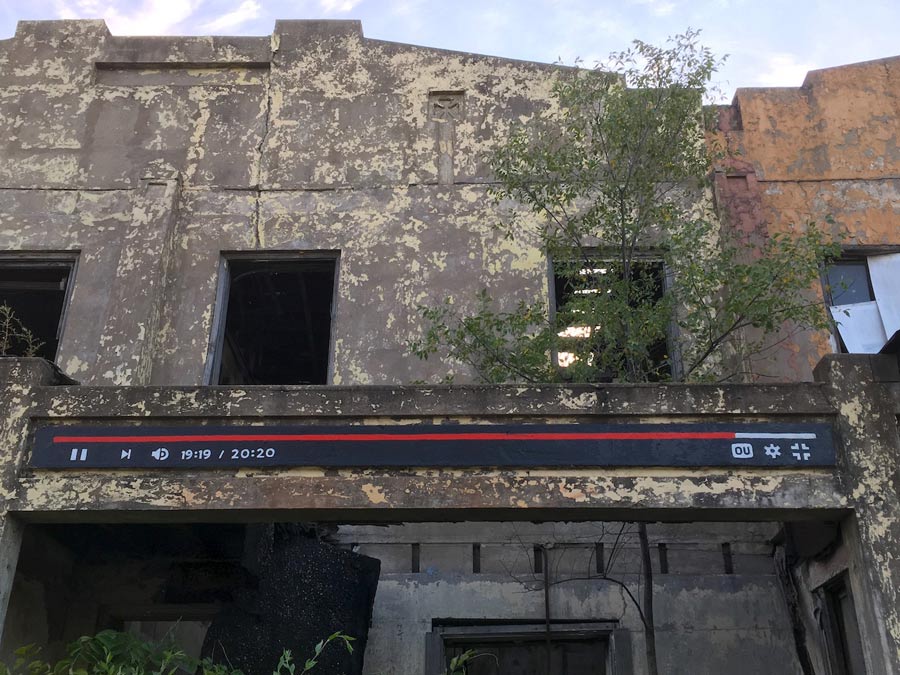
Upon hearing this I first couldn’t believe I had NO clue and the familiarity between the story and my original proposal. The imagery was serendipitously tethered in a centennial relapse. It was just too weird. So I reached out to Lauren at Paint Gary again and was like ‘Yo! we need to make this happen!’ It’s too on the nose. All I need is a wall. I will take care of everything else.” She lined up this particular wall at the Edison tract and I gave myself a proper 48-hour pandemic window to make it happen.
The wall entitled 1919 Sunset shows an anonymous figure in silhouette treading water. The adjacent wall entitled 2020 Sunrise pairs a melancholy portrait of Gary rapper Freddie Gibbs with a YouTube timeline showing a 20:20 second clip paused at 19:19.”
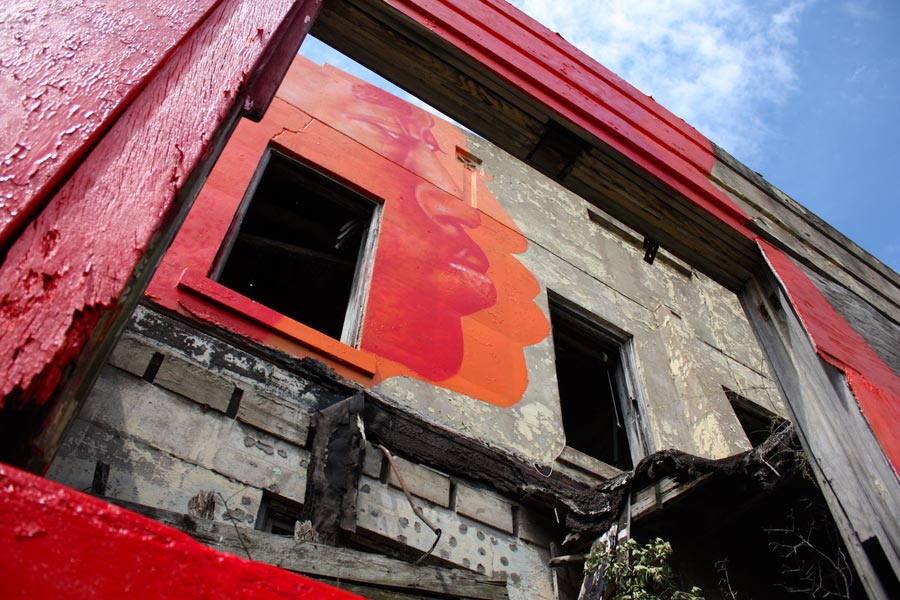
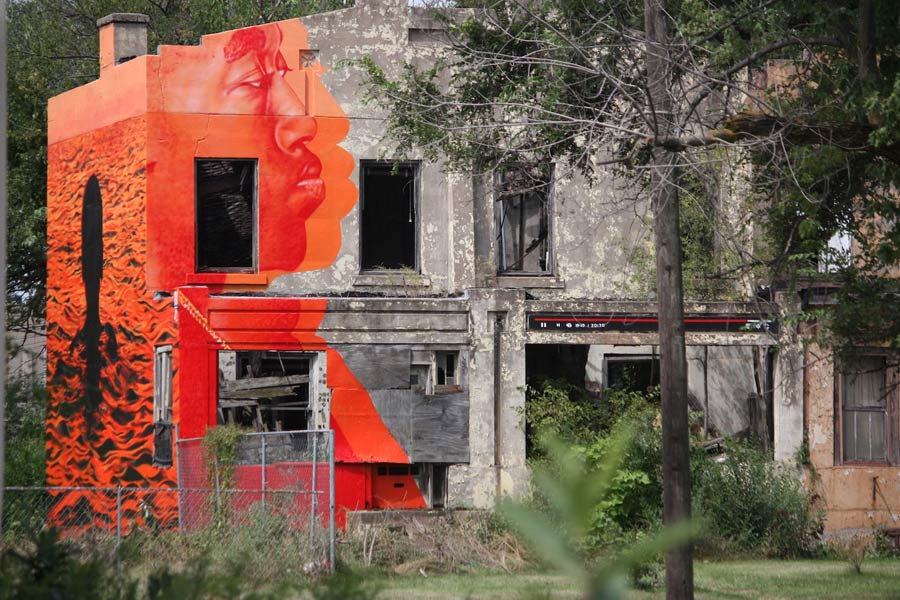
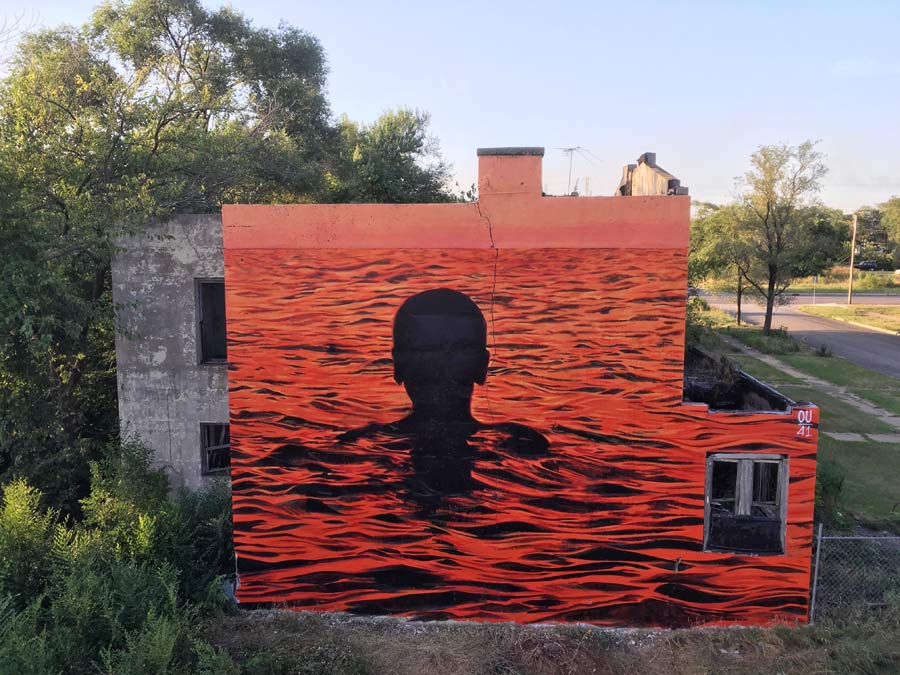
Other Articles You May Like from BSA:
Welcome to BSA Images of the Week! New Yorkers are a fearless, foolish, and Faustian lot, this much was in evidence during opening nights at the art fairs this first week of March, a month of ...
Welcome to BSA Images of the Week. 新年快乐! Happy Lunar New Year! It's the Year of the Ox, and there was a lot of celebration during this snowy week in New York, although it appeared to be subdued b...
Street Artist Olek went to jail this week. We’re pleased to report that she made quick friends and crocheted a 65 foot long wall hanging. “Pocaluj Przyszlosc” (Kiss the Future) is inscribed in a hand...
As we draw closer to the new year we’ve asked a very special guest every day to take a moment to reflect on 2017 and to tell us about one photograph that best captures the year for them. It’s ...
Anyone in New York will tell you that the adage holds true if you are trying to get your dream to happen in this city– a band, a restaurant, a store, a website, a clothing line. It could be a genius ...
 BROOKLYN STREET ART LOVES YOU MORE EVERY DAY
BROOKLYN STREET ART LOVES YOU MORE EVERY DAY